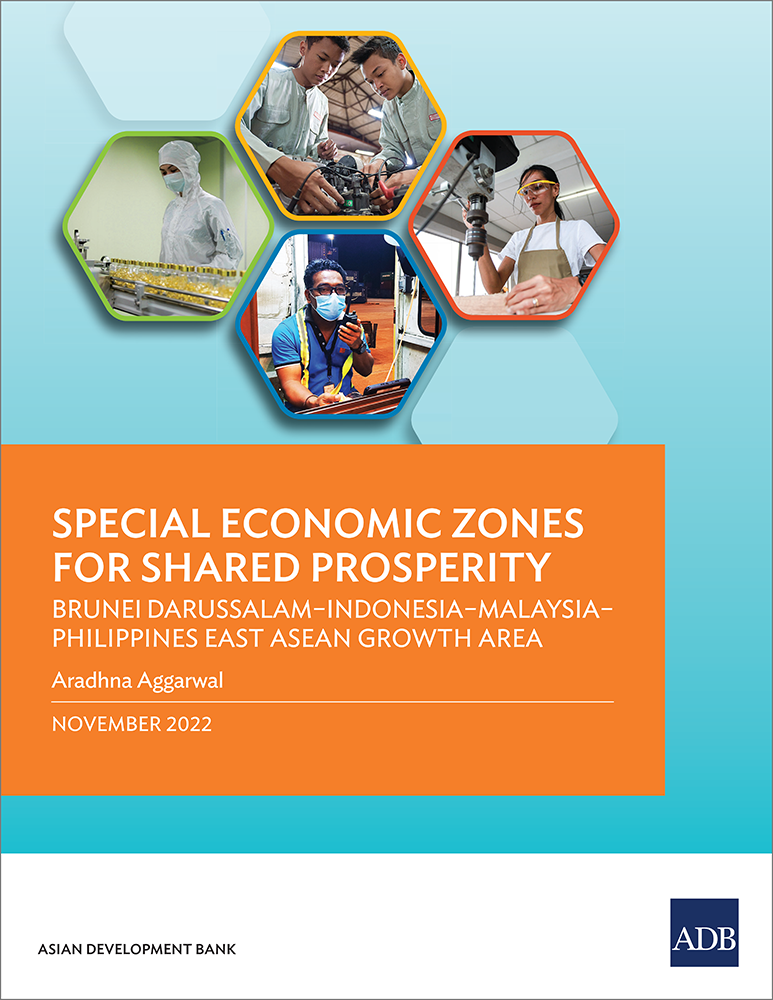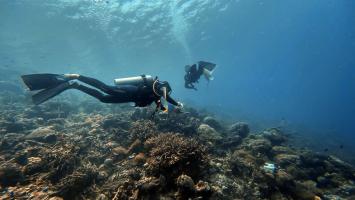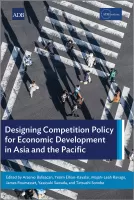Special Economic Zones for Shared Prosperity: Brunei Darussalam–Indonesia–Malaysia–Philippines East ASEAN Growth Area
This publication explores how Brunei Darussalam, Indonesia, Malaysia, and the Philippines can bolster cooperation in their special economic zones to spur sustainable growth.
This publication explores how Brunei Darussalam, Indonesia, Malaysia, and the Philippines can bolster cooperation in their special economic zones (SEZ) to spur sustainable growth.
It maps out and assesses the economic performance of SEZs across the Brunei Darussalam-Indonesia-Malaysia-Philippines East ASEAN Growth Area and highlights challenges they face. These challenges include growing competition for foreign investment, international trade disputes, and digital transformation. The publication emphasizes the need for policy makers and stakeholders to intensify strategic collaboration to make their SEZs more competitive. Against the backdrop of COVID-19, it outlines practical steps to increase the role of SEZs in boosting trade, creating jobs, and building economic resilience across the four countries.
Contents
- Introduction
- Understanding the Concept of Economic Zones: The Conceptual Framework
- General Economic Zones and Special Economic Zones in BIMP-EAGA Countries Structural and Institutional Features of Special Economic Zones and General Economic Zones
- Special Economic Zones and General Economic Zones in BIMP-EAGA Corridors Assessing the Performance of BIMP-EAGA Economic Corridors and Economic Zones Assessing the Alignment of Broader National Policies and Strategies with BIMP-EAGA Approaches
- Challenges to BIMP-EAGA Corridors and Economic Zones
- Proposed Strategic Approach to Subregional Economic Zones: Coopetition Approach Map Strategic Interventions and Enabling Actions with Sectoral Strategies and BIMP- EAGA Working Groups’ Agendas
- The Implementation Strategy
- Conclusion
Published November 2022.



